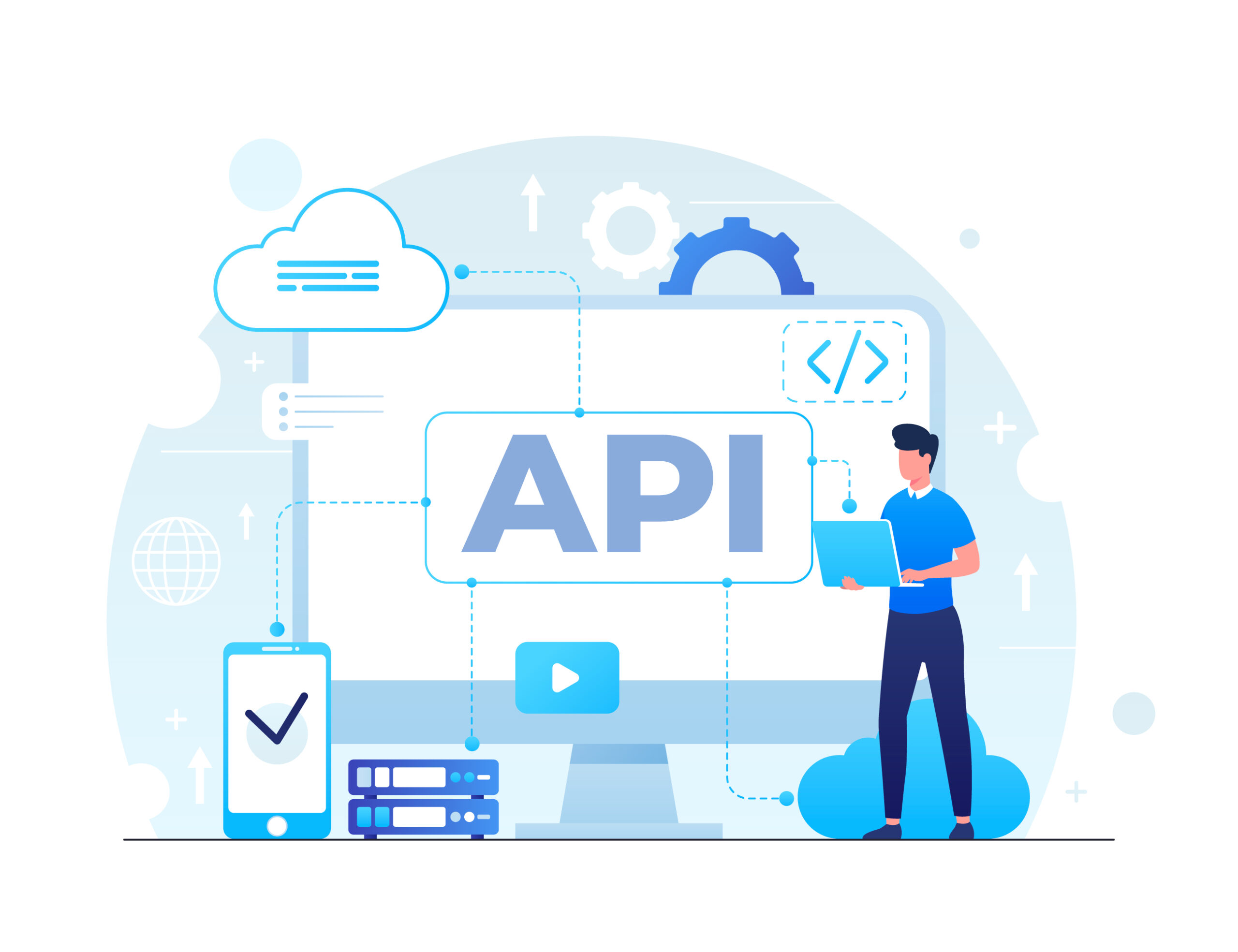How to Use Laravel HTTP Client API for Seamless API Integration
In the fast-moving world of web development, APIs play a critical role in connecting services, apps, and platforms. Whether you’re pulling in weather data, payment gateways, or sending emails through a third-party service, APIs make it all possible. Laravel, known for its elegant syntax and developer-first approach, offers a built-in tool called the Laravel HTTP Client API that makes API consumption a breeze.
In this blog, we’ll take a deep dive into how to use Laravel HTTP Client API effectively. You’ll learn why it’s a game-changer for developers, how to integrate it into your Laravel project, and the best practices to follow. Whether you’re working on a SaaS platform, CMS, or eCommerce project, the Laravel HTTP Client API is designed to simplify and supercharge your API work.
Also, if you need help building full-stack projects, our team provides expert services including Laravel Development Services, UI/UX Design Services, WordPress Development Services, and HTML and CSS Development Services.
What is Laravel HTTP Client API?
The Laravel HTTP Client API is a wrapper around Guzzle HTTP—an industry-standard PHP HTTP client. Introduced in Laravel 7, it brings a clean, expressive syntax for making HTTP requests and handling responses. Instead of dealing with low-level configurations, you write readable code that just works.
Key Features:
- Simplified syntax
- Built-in response macros
- Retries and timeouts
- Support for asynchronous requests
- Automatic JSON handling
Laravel’s focus on developer happiness is clearly evident in the way it handles API requests.
Why Use Laravel HTTP Client API?
Here’s why Laravel developers love the Laravel HTTP Client API:
Clean and Concise Code
Making an API request looks like this:
php
CopyEdit
use Illuminate\Support\Facades\Http;
$response = Http::get(‘https://api.example.com/data‘);
Powerful Chaining
You can add headers, timeouts, and more—all in one line:
php
CopyEdit
Http::withHeaders([
‘Authorization’ => ‘Bearer YOUR_TOKEN’
])->timeout(5)->get(‘https://api.example.com/data‘);
Built-in JSON Support
Automatically handles JSON requests and responses.
Retry on Failure
Easily retry failed requests:
php
CopyEdit
Http::retry(3, 100)->get(‘https://api.example.com’);
Fake Requests for Testing
Perfect for writing tests with mocked responses.
Installing Laravel HTTP Client API
If you’re using Laravel 7 or newer, the Laravel HTTP Client API is already included. No additional setup is required.
But make sure Guzzle is installed:
bash
CopyEdit
composer require guzzlehttp/guzzle
Making Requests: Real-Life Examples
1. GET Request Example
php
CopyEdit
$response = Http::get(‘https://api.openweathermap.org/data/2.5/weather’, [
‘q’ => ‘Rajkot’,
‘appid’ => ‘your_api_key’
]);
$data = $response->json();
You can easily fetch data and convert it to an array using json().
2. POST Request Example
php
CopyEdit
$response = Http::post(‘https://api.example.com/login’, [
’email’ => ‘test@example.com’,
‘password’ => ‘secret’,
]);
Need to send headers?
php
CopyEdit
$response = Http::withHeaders([
‘X-API-KEY’ => ‘your_api_key’,
])->post(‘https://api.example.com/login’, [
’email’ => ‘test@example.com’,
]);
Handling Responses & Errors
Laravel makes it easy to handle successful and failed requests.
php
CopyEdit
if ($response->successful()) {
// do something with $response->json()
} elseif ($response->clientError()) {
// handle 400 errors
} elseif ($response->serverError()) {
// handle 500 errors
}
This structure lets you avoid unexpected crashes and improves reliability.
Adding Middleware, Retries, and Timeouts
Let’s say your external API may fail sometimes—you can use retry logic:
php
CopyEdit
$response = Http::retry(3, 100)->get(‘https://api.example.com/data’);
Need a timeout?
php
CopyEdit
$response = Http::timeout(5)->get(‘https://api.example.com/data’);
This is especially useful when integrating third-party APIs in large apps built using Laravel Development Services.
Working with JSON APIs
php
CopyEdit
$response = Http::acceptJson()->get(‘https://api.example.com/data’);
$data = $response->json();
Want to send JSON in a POST request?
php
CopyEdit
Http::post(‘https://api.example.com/data’, [
‘name’ => ‘Laravel’,
‘type’ => ‘framework’,
]);
Laravel takes care of converting the array into JSON and setting the appropriate Content-Type headers.
Testing with Fake Requests
If you’re building a serious project, testing is key. Laravel lets you fake HTTP calls like this:
php
CopyEdit
Http::fake([
‘api.example.com/*’ => Http::response([‘status’ => ‘ok’], 200)
]);
$response = Http::get(‘https://api.example.com/data’);
$response->json(); // [‘status’ => ‘ok’]This is a game-changer for teams offering Laravel Development Services or running automated test pipelines.
Authentication with Bearer Tokens
Using OAuth or API keys?
php
CopyEdit
Http::withToken(‘your_api_token’)->get(‘https://api.example.com/user’);
Super easy, right?
Best Practices for Laravel HTTP Client API
- Always Handle Failures Gracefully
Use ->successful(), ->failed(), ->clientError() and ->serverError() methods to avoid bugs. - Set Timeouts to Avoid Hanging Requests
Always use ->timeout(5) to keep performance smooth. - Use Laravel Job Queues for Heavy API Tasks
Offload large or slow API integrations using jobs and queues. - Keep Tokens and URLs in .env File
Never hardcode credentials—keep them in config/services.php or .env. - Log Important API Interactions
Logging helps with debugging and monitoring third-party interactions.
Where Laravel HTTP Client API Shines
- Integrating payment gateways like Stripe or Razorpay
- Connecting with CRMs like HubSpot or Zoho
- Pulling data from public APIs like news, finance, or weather
- Backend-to-backend communication in microservices
- Building enterprise dashboards
For larger applications that need more complex data processing or admin panels, consider pairing with UI/UX Design Services, WordPress Development Services, or HTML and CSS Development Services to deliver a seamless user experience.
Final Thoughts
The Laravel HTTP Client API is one of those features that truly reflects Laravel’s “developer-first” philosophy. It’s simple, powerful, and designed for modern web development. Whether you’re building internal tools, client dashboards, or integrating third-party services, this API makes your job easier.
Need help with complex API workflows or custom development? Our team at Laravel Development Services is ready to assist you with seamless backend architecture, stunning UI with UI/UX Design Services, and robust integration across platforms including WordPress Development Services and HTML and CSS Development Services.






